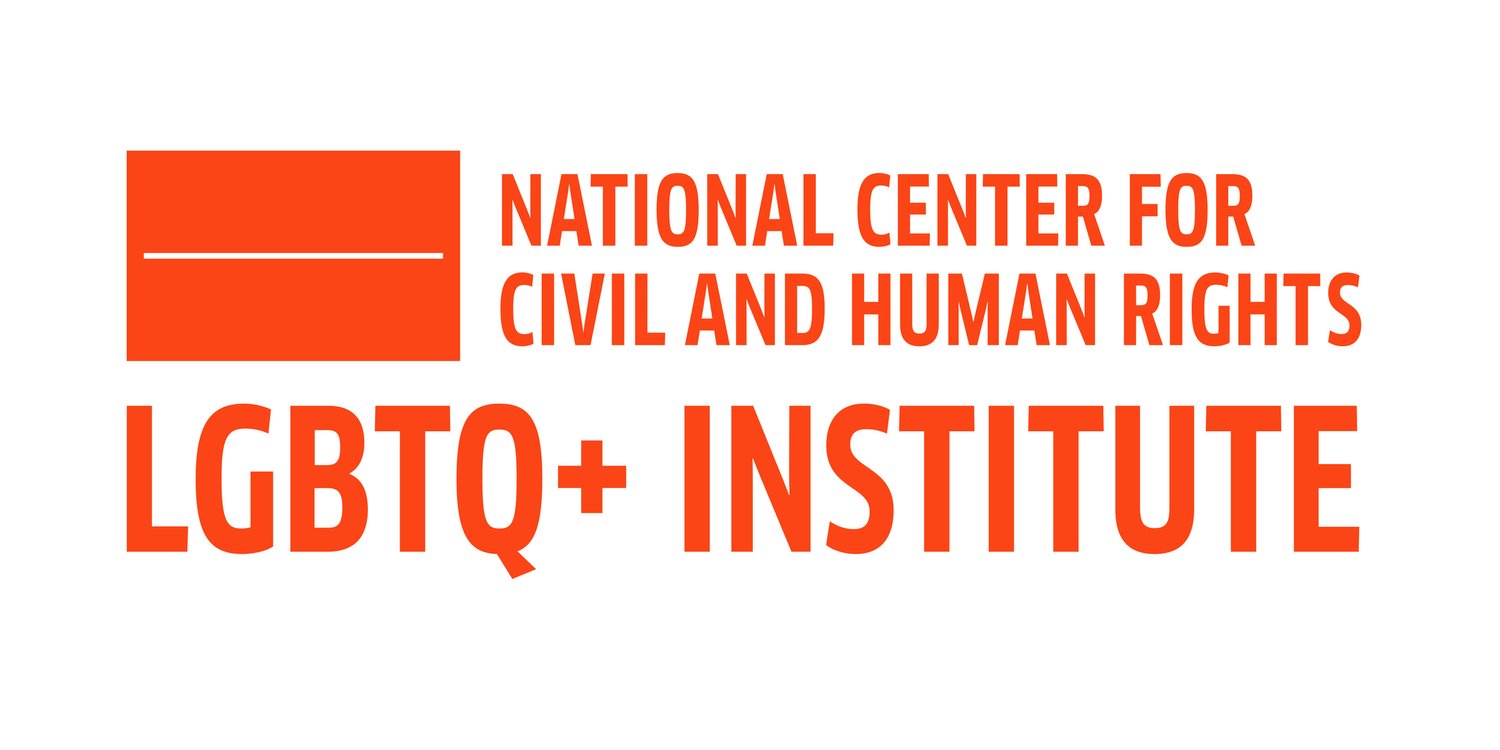By Abbey Schubert, a Northwestern University student and a USA TODAY College correspondent.
The Common Application and the Universal College Application are switching up their applications for this upcoming school year, and they’re making a change much bigger than just adding a few new essay prompts.
The two organizations announced on April 26 that they will allow students to more clearly differentiate their sex and gender identities starting with the 2016-17 applications. The action follows more than two years of efforts by Campus Pride, a national non-profit LGBTQ advocacy group, to persuade Common App to add more inclusive gender identity questions to its application.
“We have had conversations with the colleges and universities in our membership for several months, and based on those conversations and discussions on their own campuses we felt like this was the right time to allow all students to represent their gender identity in the ways that are most comfortable,” says Aba Blankson, communications director for the Common Application.
In years past, both organizations simply asked students to designate their sex — either “male” or “female” — on applications. But now, the Common Application — which serves nearly 700 colleges and universities worldwide, according to Blankson — will ask applicants to check off their “sex assigned at birth” and then fill in a blank field with the gender they identify with.
The Universal College Application, meanwhile, asks students applying to the 44 schools it represents (most of which are private) to select their “legal sex,” giving them the options of “woman,” “man” or “self-identify.” If students choose the latter, they add their gender identity to blank field.
“A rapidly growing number of students are identifying outside of a gender binary, and they no longer have to feel invisible on an admissions form that fails to acknowledge that they exist,” says Genny Beemyn, the director of the Stonewall Center at the University of Massachusetts-Amherst who holds a doctorate in African American studies, in a press release issued April 26 by the Universal College Application.
This isn’t to say Common App and the Universal College App are the first or only ones to make this shift. A number of schools that don’t use either application platform — like Purdue University, the University of Iowa and the entire University of California System — have added gender identity questions to their respective applications.
Shane Windmeyer, executive director of Campus Pride, says his organization began publicly advocating for the inclusion of a gender identity question on college applications about 10 years ago. The group argued that providing such information on applications would allow schools to better track the retention rates and academic success of students of varying gender identities.
Campus Pride began lobbying directly to the Common App about three years ago to include a gender identity section, knowing that the application represents hundreds of schools, but were rejected year after year, he says.
Unlike the Common App, Campus Pride did not directly ask the Universal College App to change their applications, according to Windmeyer. Instead, the company independently elected to add gender identity options to its applications, seeking out Campus Pride for implementation guidance.
“I think that the Universal College App has taken a significant step forward for transgender students on the admissions applications in making sure that college campuses are held accountable to their safety and academic experience, which is important,” Windmeyer says.
And Common App has too, he says. He has just one more request for both platforms’ applications: an optional sexual identity question, where applicants could designate whether they’re homosexual, heterosexual, bisexual, etc.
Again, many individual schools — such as the University of Maryland and the Massachusetts Institute of Technology — have already added such a question to their applications, which Windmeyer says demonstrates to prospective students that the schools are committed to increasing diversity on campus.
“Students who come to a campus look at the forms, and when it doesn’t include sexual orientation in its diversity section, it sends a message that this campus doesn’t consider that to be part of its diversity” Windmeyer says. “And so it’s really significant that we standardize our forms and make sure they have all aspects of diversity that we as a campus want to be held accountable to having a safe campus climate.”
Abbey Schubert is a Northwestern University student and a USA TODAY College correspondent.
